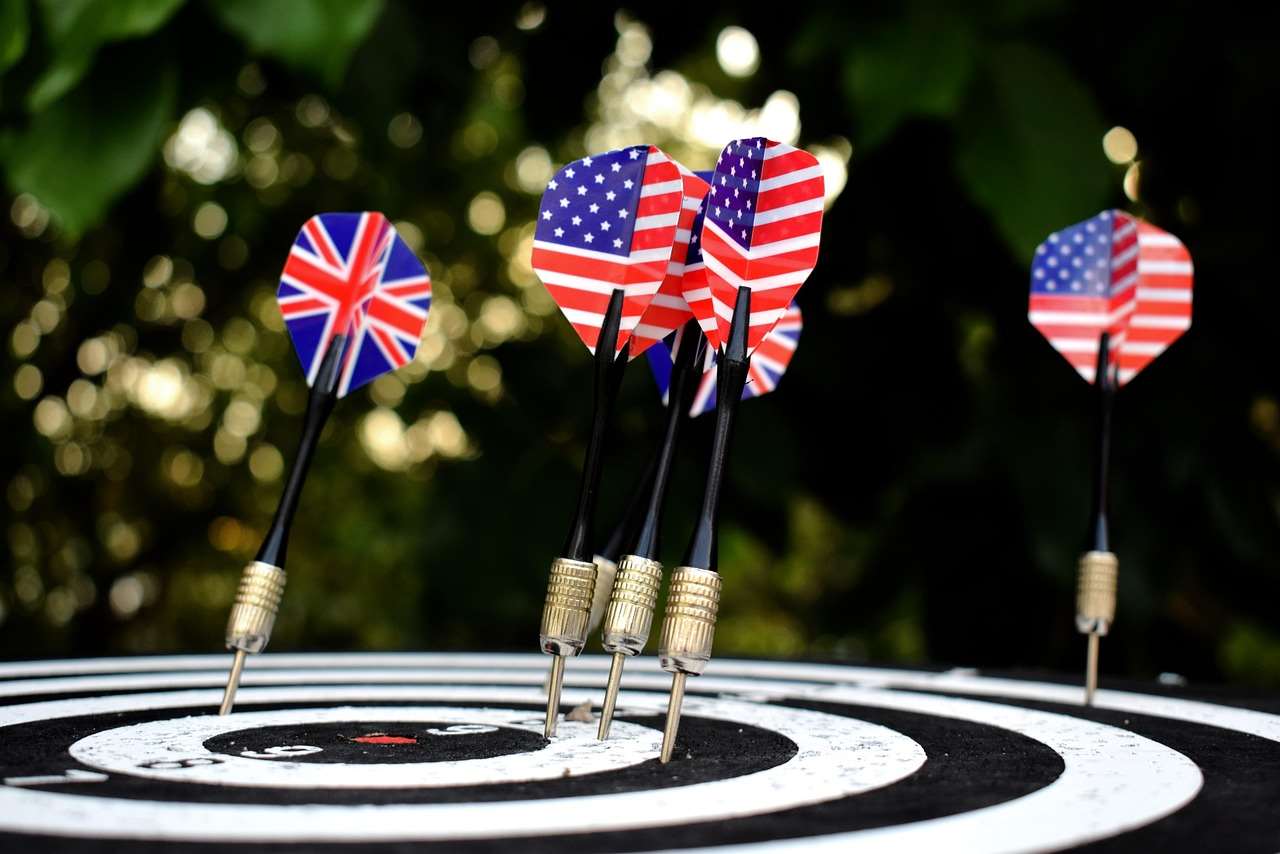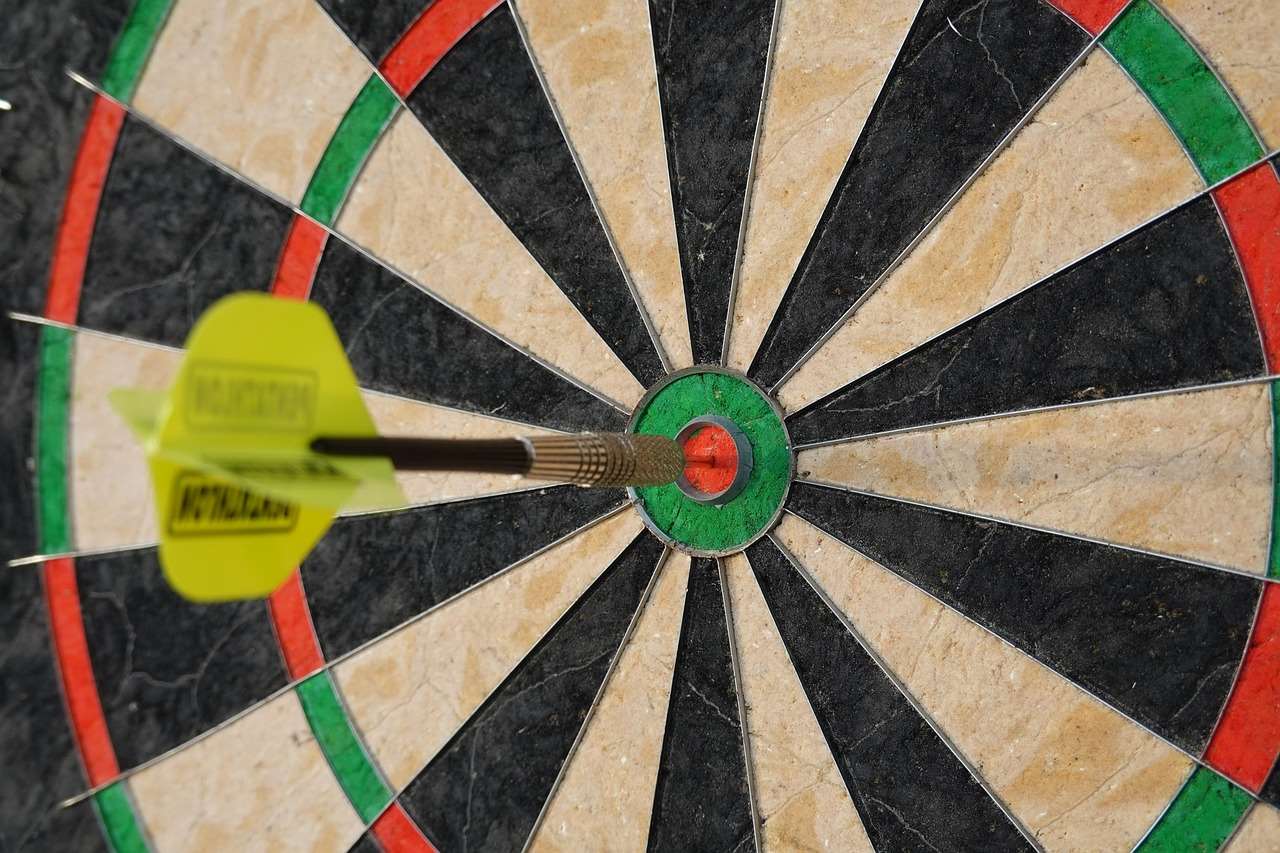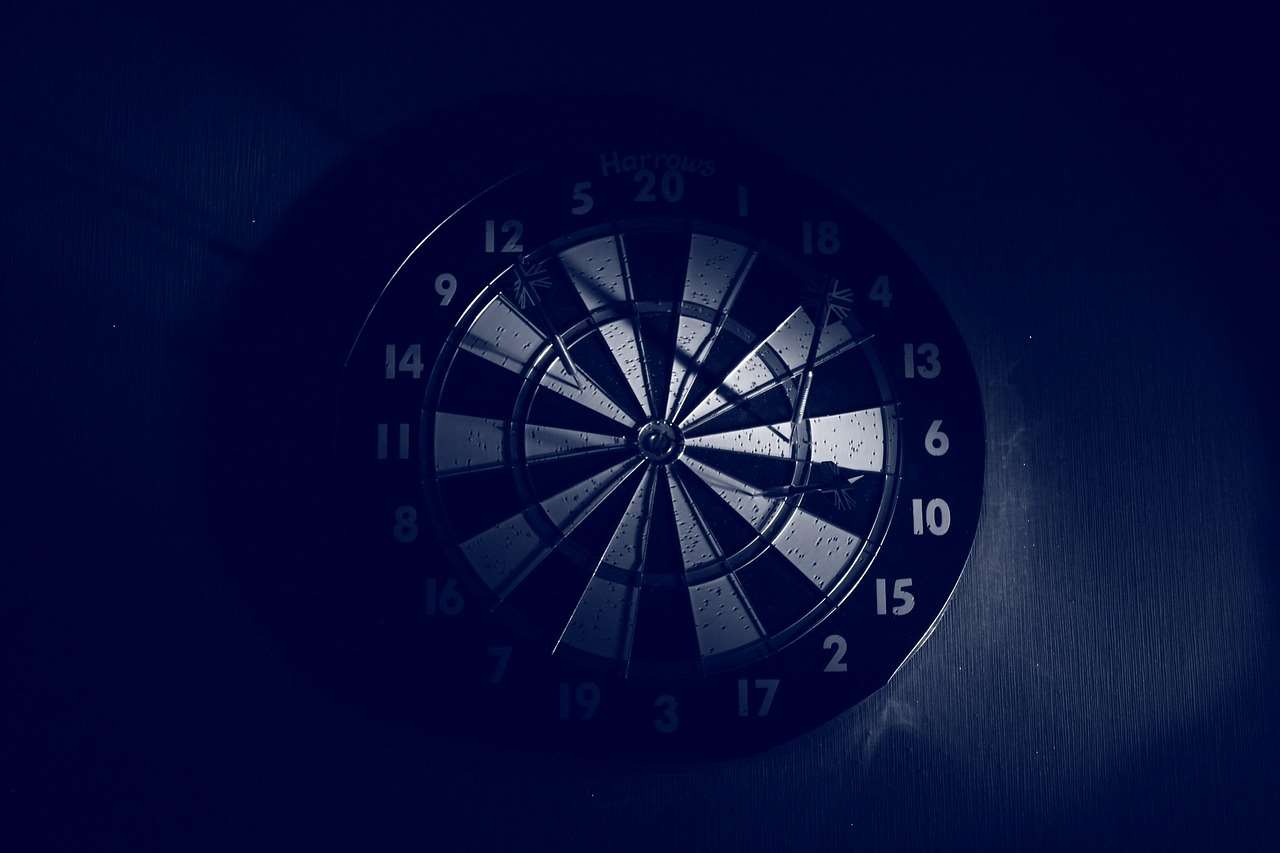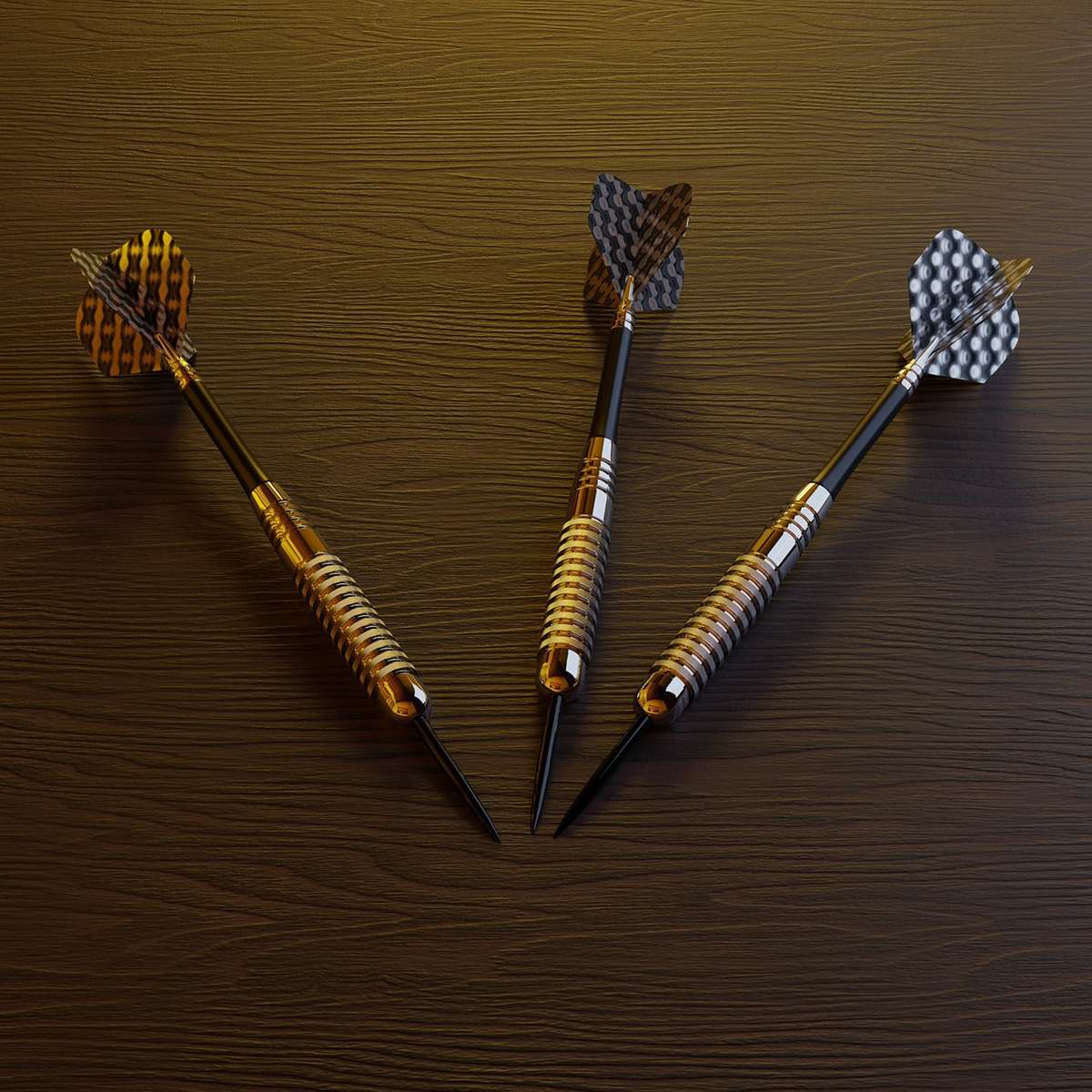Adapting rules for darts on electronic dartboards often involves tweaking settings like scoring and handicap systems to accommodate varying skill levels or to address the specific quirks of the electronic board itself, making the game more enjoyable and fair for all players. This article explores how to customize these rules effectively, covering everything from handicap systems to unique game variations.
⚠️ Still Using Pen & Paper (or a Chalkboard)?! ⚠️
Step into the future! The Dart Counter App handles all the scoring, suggests checkouts, and tracks your stats automatically. It's easier than you think!
Try the Smart Dart Counter App FREE!Ready for an upgrade? Click above!
Understanding Electronic Dartboard Rule Adaptations
Electronic dartboards offer numerous advantages over traditional sisal boards, including automatic scoring, a variety of game options, and player statistics tracking. However, these benefits can also necessitate adapting rules for darts on electronic dartboards to ensure fair play and cater to diverse player preferences.
Common Reasons for Rule Adaptation
- Skill Level Disparities: Bridging the gap between experienced and novice players.
- Board Calibration Issues: Addressing inaccuracies or inconsistent scoring.
- Game Variety: Tailoring rules for specific electronic board games.
- Accessibility: Creating inclusive rules for players with disabilities.
- Social Play: Enhancing fun and engagement in casual settings.
One key aspect to consider is the **automatic scoring feature**. While generally accurate, electronic boards can sometimes misread darts, especially if the board is old or not well-maintained. Another important factor is addressing the diverse range of games offered by most electronic boards.

Implementing Handicap Systems
Handicap systems are a cornerstone of adapting rules for darts on electronic dartboards to level the playing field. These systems allow players of varying skill levels to compete meaningfully, fostering a more inclusive and enjoyable experience.
Popular Handicap Methods
- Points-Based Handicap: Adjusting the starting score or target score based on skill level. For example, a weaker player might start a 301 game at 201, while a stronger player starts at 301.
- Dart Allowance: Giving less experienced players an extra dart per turn.
- Target Restrictions: Limiting the areas of the board a stronger player can target (e.g., prohibiting them from hitting the bullseye).
- Average-Based Handicap: Using a player’s previous average score to determine their handicap for future games. This approach provides a more objective and dynamic adjustment.
Consider using an average-based handicap, which you can learn about in the article How to make darts fairer with handicap rules. The electronic dartboard’s statistics tracking features can greatly simplify this, automatically calculating averages and suggesting appropriate adjustments.
Addressing Electronic Board Specificities
Electronic dartboards, while technologically advanced, aren’t without their quirks. Adapting rules for darts on electronic dartboards needs to take these factors into account.
Dealing with Bounce-Outs
Bounce-outs are a common issue. A dart that hits the board but doesn’t register a score can be frustrating. Several approaches can mitigate this:
- Re-throw Rule: Allow the player to re-throw the dart if a bounce-out occurs. This ensures fairness, especially if the board is known to have sensitive segments.
- Partial Score: Award a partial score for a bounce-out based on the perceived proximity of the dart to the target area. This can be subjective but provides some compensation.
- No Compensation: In more competitive settings, bounce-outs may simply be considered part of the game, with no compensation offered. Consistency is key here.

Calibrating the Board
Regular calibration is crucial. Follow the manufacturer’s instructions to ensure the board accurately registers darts. Some boards have built-in calibration routines. If using automatic scoring, ensure the sensitivity levels are properly set. Experiment with the sensitivity settings to find the optimal balance between accuracy and responsiveness. Also, consider how Adapting darts rules for small spaces: tips and tricks affects the setup of your board.
Modifying Scoring Rules for Enhanced Fun
Beyond handicap systems, adapting rules for darts on electronic dartboards can involve altering the scoring mechanics to create more engaging gameplay.
Creative Scoring Variations
- Double-In/Double-Out Alternatives: For beginners, eliminate the need to start or finish with a double. This simplifies the game and makes it more accessible.
- Team Play Modifications: Implement team scoring systems where the combined score of two players determines the team’s progress.
- Bonus Points: Award bonus points for hitting specific targets, such as three-in-a-bed or a bullseye followed by two doubles.
- Penalties: Introduce penalties for certain actions, such as busting a score or hitting the wrong target.
Experiment with different scoring rules to find what resonates with your group. Remember that the goal is to make the game fun and enjoyable for everyone. Some individuals even utilize these games at creative dart rules for parties and social gatherings.
Adapting Game Rules for Specific Needs
Electronic dartboards offer a wide range of pre-programmed games. However, adapting rules for darts on electronic dartboards for these games can greatly enhance the experience, particularly for specific demographics or playing environments.
Adjusting Rules for Beginners
For new players, consider simplifying the rules of popular games like 501 or Cricket. This might involve:
- Relaxing the Double-Out Rule: Allowing players to finish on any number.
- Reducing the Target Score: Lowering the starting score in 501 to 301 or even 201.
- Simplifying Cricket: Reducing the number of marks needed to close a number.
Remember, the aim is to make the game approachable and enjoyable for beginners. Gradual adjustments can be introduced as their skills improve. More basic information can be found in our Basic Darts Fundamentals for Beginners article.

Modifying Rules for Children
When playing with children, safety is paramount. Ensure the dartboard is securely mounted and that children are supervised at all times. Consider using soft-tip darts for added safety. Adjust the rules to make the game age-appropriate:
- Shorter Throwing Distance: Allow children to throw from a closer distance to the board.
- Simplified Scoring: Use a simpler scoring system, such as counting only the number of hits within a certain area of the board.
- Team Play: Encourage team play to foster collaboration and reduce pressure on individual players.
Leveraging Electronic Board Features for Rule Adaptation
Electronic dartboards provide built-in tools that can greatly assist in adapting rules for darts on electronic dartboards.
Utilizing Statistics Tracking
Most electronic boards track player statistics, such as averages, highest scores, and checkout percentages. This data can be invaluable for implementing fair and accurate handicap systems. Use these statistics to objectively assess player skill levels and adjust the rules accordingly. This also benefits players interested in modifying rules for mixed-level dart players.
Exploring Game Variants
Electronic dartboards often come with a variety of pre-programmed games, each with its own set of rules. Experiment with these different game variants to find ones that suit your group’s preferences and skill levels. Some games may be inherently more balanced or engaging than others. Don’t be afraid to modify the default settings of these games to further customize the experience.

Common Pitfalls to Avoid
While adapting rules for darts on electronic dartboards can enhance the playing experience, it’s important to avoid common pitfalls.
Overly Complex Rules
Keep the rules simple and easy to understand. Overly complex rules can lead to confusion and frustration, detracting from the enjoyment of the game. Prioritize clarity and simplicity over intricate modifications.
Inconsistent Application
Apply the rules consistently to all players. Inconsistent application can create a perception of unfairness and undermine the integrity of the game. Establish clear guidelines and adhere to them rigorously.
Ignoring Player Feedback
Solicit feedback from players regarding the effectiveness of the rule adaptations. Use this feedback to refine the rules and ensure they are meeting the needs of the group. Be open to making adjustments based on player input.

Conclusion
Adapting rules for darts on electronic dartboards is a crucial aspect of creating an enjoyable and equitable playing experience for all. By implementing handicap systems, addressing board specificities, modifying scoring rules, and leveraging electronic board features, you can tailor the game to suit the unique needs and preferences of your group. Remember to keep the rules simple, apply them consistently, and solicit feedback from players. Explore our other articles to further refine your knowledge, such as Alternative darts rules for home play. So, grab your darts and start experimenting with different rule adaptations to discover what works best for you and your fellow players. Ready to take your dart game to the next level? Calibrate your board, gather your friends, and let the modified games begin!
Hi, I’m Dieter, and I created Dartcounter (Dartcounterapp.com). My motivation wasn’t being a darts expert – quite the opposite! When I first started playing, I loved the game but found keeping accurate scores and tracking stats difficult and distracting.
I figured I couldn’t be the only one struggling with this. So, I decided to build a solution: an easy-to-use application that everyone, no matter their experience level, could use to manage scoring effortlessly.
My goal for Dartcounter was simple: let the app handle the numbers – the scoring, the averages, the stats, even checkout suggestions – so players could focus purely on their throw and enjoying the game. It began as a way to solve my own beginner’s problem, and I’m thrilled it has grown into a helpful tool for the wider darts community.